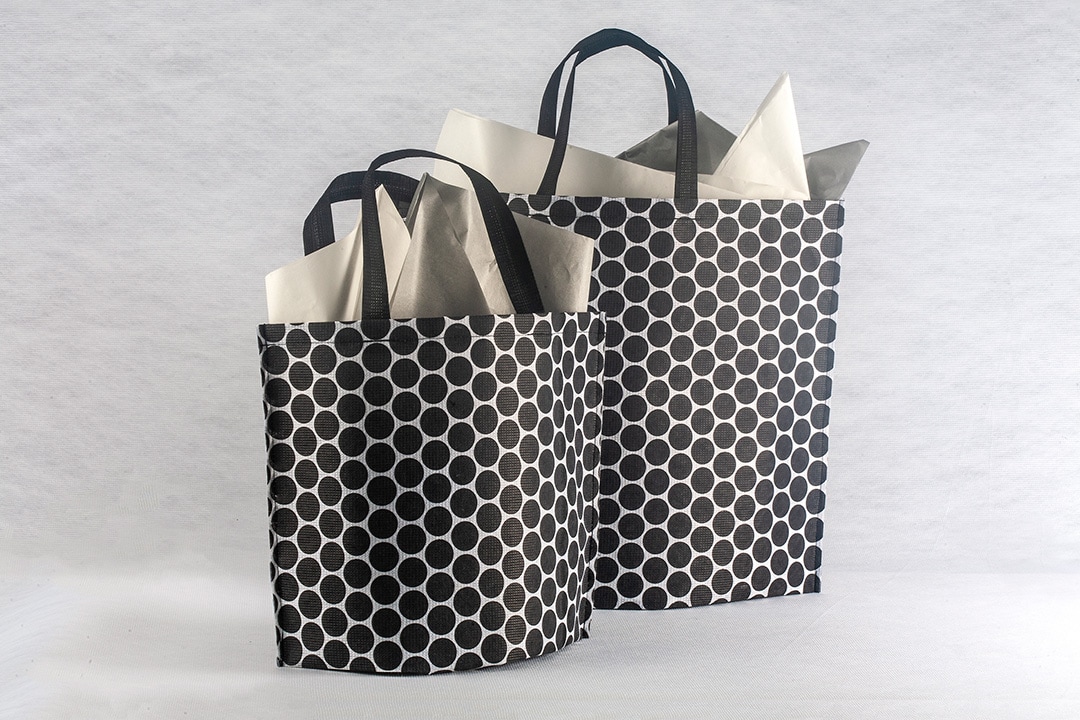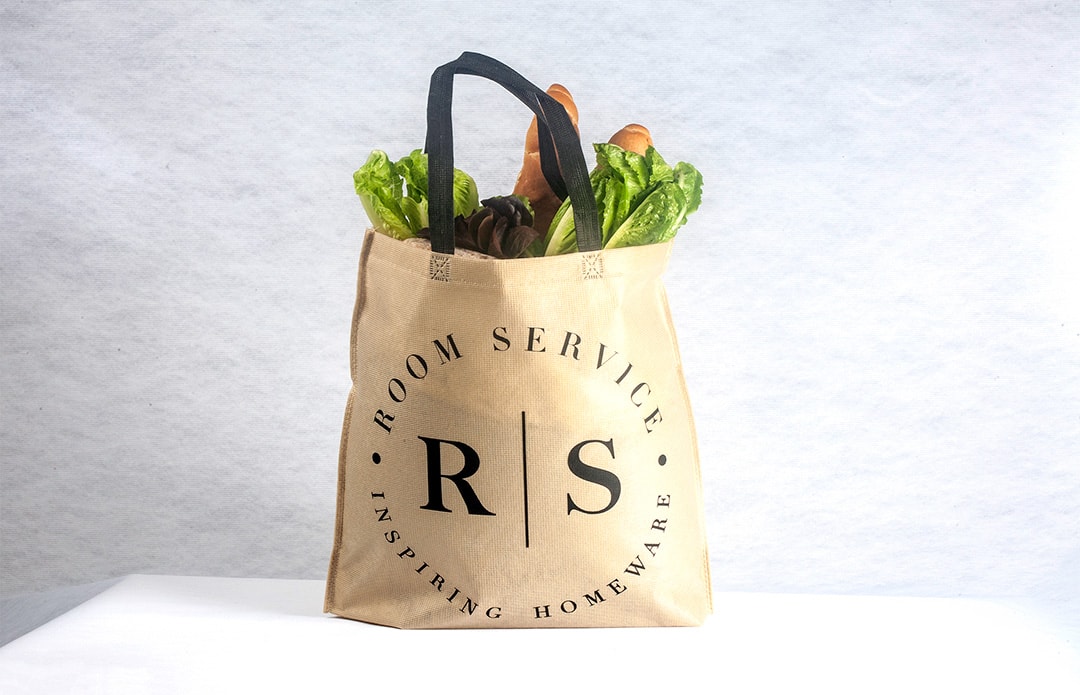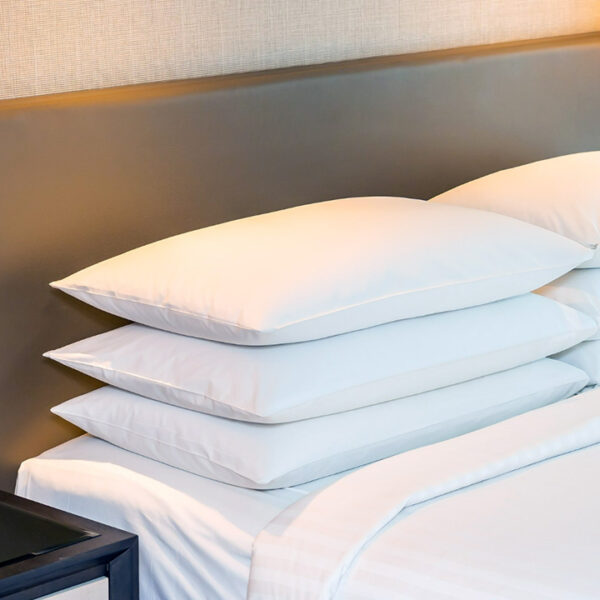Stitch-bonded non-woven material, also called stitchbond, is a material that can be used to make a range of products. It’s often used as a substitute for traditional woven fabrics which are more expensive to produce.
This versatile fabric can be used for packaging applications, including recycled shopping bags and protective coverings for products. Stitchbond is a sustainable textile made from recycled polyethylene terephthalate (rPET), which is the polymer used to produce beverage bottles.
As a leading manufacturer and supplier of stitchbond in South Africa, Romatex produces around 24 million square metres of this fabric every year, which is enough to keep 54 million plastic bottles out of landfills and the environment.

Benefits of stitchbond for packaging
Stitchbond is a non-woven fabric, which means that it’s made from fibres that have been mechanically bonded together. This makes them incredibly durable and resilient to wear and tear, while still being lightweight and flexible.
These properties make stitchbond perfect for packaging applications. The fabric is very difficult to tear or rip, so it can withstand scraping and rubbing during transit. It’s also soft enough to adequately pad valuable products. In addition to its durability and weight benefits, stitchbond is stain-resistant too. It is an ideal choice for protective packaging, both as an external covering and an internal element.
For example, many laptop manufacturers place a sheet of stitchbond over the keyboard to protect the screen during transport. A stitchbond pouch is also slipped over the laptop to prevent any scratching and rubbing. Many digital devices incorporate stitchbond in their packaging arrays.

Why sustainability is important
As a disposable packaging element, it’s important that this material is readily recyclable. Stitchbond is made from rPET, so it can be processed again and again by recycling facilities across the country. This keeps waste out of our landfills and the environment.
This fabric is regarded as a more environmentally friendly packaging solution than other textile-based bags or covers. Many companies have strict environmental goals that they must meet, including reducing waste. While products and transport may be the focus of these targets, packaging should never be overlooked.
A sustainable packaging solution can make a large difference in improving a company’s environmental impact. Stitchbond is extremely versatile and offers several advantages as a packaging material. If you’re looking for an eco-friendly option when choosing between different packaging products, then consider stitchbond as an ideal alternative. For more information about our various products and textiles, please contact us today.
___
Romatex is a leading manufacturer and supplier of stitchbond and other textiles for the retail and hospitality sectors. Romatex is a Level 2 B-BBEE company that is owned by Deneb Investments Limited, a subsidiary of Hosken Consolidated Investments (HCI), which is listed on the Johannesburg Stock Exchange (JSE).
Our head office is based in Cape Town but we have branches in Gauteng, KwaZulu-Natal, the Eastern Cape and the Free State. For more information about our products, please contact info@romatex.co.za. Follow us on Facebook, LinkedIn and Instagram for our latest news and industry insights.

